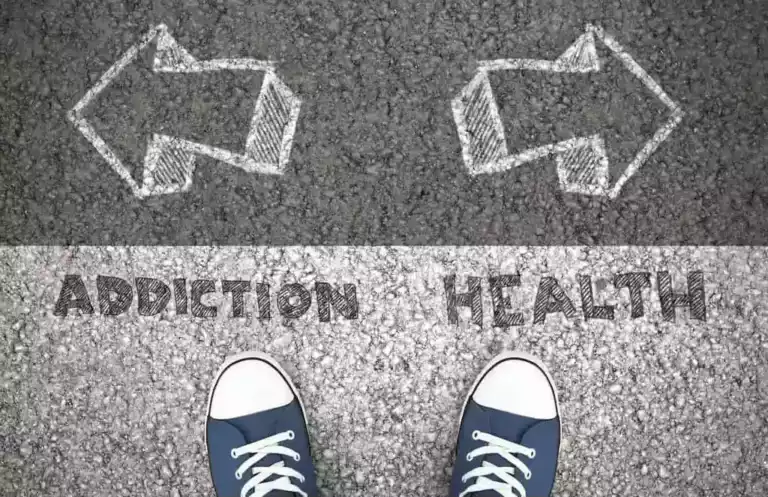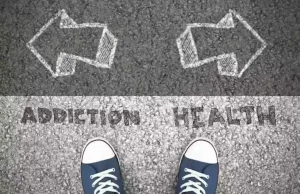
Drug addiction can be linked to a range of substances, such as prescription medications, over-the-counter drugs, and illegal narcotics. Unlike an alcohol addict, a drug addict consumes a range of drugs, which have varied effects on the brain. When someone stops using alcohol or drugs after prolonged use, they may experience withdrawal symptoms. Alcohol withdrawal can be severe and even life-threatening, with symptoms like tremors, seizures, and delirium tremens. Drug withdrawal can also be challenging, with symptoms like nausea, sweating, and cravings for the substance. Both alcohol and drug withdrawal should be managed under medical supervision to ensure safety.
Identifying and Acting on Addiction
- The idea is lawmakers could look at this model to help decide on an individual basis which policies are better for each drug.
- The kinds of drugs or substances consumed will determine the type of medication and therapy used in dealing with the addiction.
- Jon Caulkins, a drug policy expert at Carnegie Mellon University, gave the example of an alien race visiting Earth and asking which land animal is the biggest.
- The aim is to help individuals to stop addiction and live a peaceful, fulfilling life.
- We break down the biggest stories — and the ones others overlook — so you can make sense of the world, not just react to it.
This may seem like a petty drug addiction academic squabble, but it’s quite important as researchers and lawmakers try to advance more scientific approaches to drug policy. Finding the best method to evaluate the risks of drugs is much more complicated than assigning numeric rankings. According to the National Institute on Alcohol Abuse and Alcoholism, alcohol causes 88,000 (62,000 men and 26,000 women) deaths every year.
Addiction Potential
In addition, participating in support groups offers accountability and fosters a sense of community, important for your recovery journey. It’s important to choose a comprehensive program that aligns with your personal needs to maximize the positive outcomes for your future. Certain substances may induce euphoria or temporary relief from symptoms, creating a deceptive sense of well-being. However, the potential for increased risk of anxiety, depression, and even psychosis is significant. Long-term use can result in serious changes to your brain’s chemistry, leading to persistent mental health disorders. Awareness of these possible dangers is key to understanding the long-term implications of drug use on your mental well-being.
Behavioral Genetics and Animal Models
The aim is to help individuals to stop addiction and live a peaceful, fulfilling life. Individuals with severe addiction problems, residential drug treatment may be recommended to them. The environment is made in such a way that it is free from all kinds of temptations and distractions. This helps individuals to not relapse and solely focus on treatment and recovery. It is difficult to distinguish the symptoms of alcohol addiction from drug addiction.

Drug Abuse Economic Burden
So we can say that sugar has some addictive qualities, but it’s not officially classified as an addictive substance like alcohol, nicotine, or drugs. Although alcoholism is more dangerous, drugs are very dangerous as well. This is because it’s very easy to access alcohol, whereas drugs are a little bit harder to get. What people don’t realize is that during parties, they are offering the “drug” that kills the vast majority of addicts.

Drugs, on the other hand, can alter perception and cognition in different ways. For example, hallucinogens like LSD can cause visual and auditory hallucinations, while marijuana can induce relaxation and euphoria. Alcohol is a depressant that slows down the central nervous system, leading to impaired coordination, slurred speech, and decreased inhibitions. It can also cause liver damage and other health problems with long-term use.
Those who have completed detox, need structured support, and have co-occurring mental health issues can benefit from PHP. PHP treatment near me offers outpatient addiction treatment as part of the treatment difference between drugs and alcohol process for drug addiction. Recognizing that recovery is often nonlinear, a more nuanced view of treatment is needed, one that acknowledges that there are multiple paths to recovery.

When it comes to addiction treatment in Wisconsin, one of the most critical aspects of care is a personalized treatment program. The treatment plan will depend on factors such as the severity of an addiction. It also depends upon the mental health and life situation of the individual. Apart from residential drug treatment, outpatient drug treatment is also a better option against alcohol addiction. But this allows them to visit therapy sessions and counseling sessions regularly. Outpatient programs would be suitable for those who have a healthy support system at home.
Modafinil and Alcohol: Are There Risks Involved?
However, notable distinctions among drugs of abuse exist for the role of different brain regions that project to the NAc in context-induced drug seeking across drug classes. There are several studies of cocaine self-administration and seeking behavior, and only a few for alcohol, that identify pathway specific behavioral effects for the role of mPFC sub-regions in context-induced drug seeking. Dorsal (including prelimbic (PrL)) and ventral including infralimbic (IL) mPFC regions provide glutamatergic input to the NAc core, whereas the ventral mPFC provides glutamatergic input to the NAc shell (Brog et al., 1993, Sesack et al., 1989). Chen et al. (2013) found marked reductions in PrL excitability in a rat model of compulsive cocaine seeking, where optogenetic PrL stimulation decreased compulsive drug-seeking behaviors.

- Navigating the path to recovery from drug or alcohol addiction can be daunting, but with the right support and treatment, individuals seeking addiction treatment can find hope and healing.
- Caffeine addiction is not recognized in the DSM-5, but if she could become addicted to coffee, that would impact her life much more.
- Drugs, on the other hand, can alter perception and cognition in different ways.
Inactivation of the ventral HIP reduces context-induced cocaine and heroin seeking (Bossert and Stern, 2014, Lasseter et al., 2010). Additionally, theta burst stimulation of the ventral HIP reinstates responding for cocaine (Vorel et al., 2001). Further, inactivation of the dorsal HIP and the dorsal HIP-to-BLA projection reduces context-dependent reinstatement of responding for cocaine (Fuchs et al., 2005, Fuchs et al., 2007). The role of ventral and dorsal HIP have not been tested in comparable manner for alcohol. However, Marinelli et al. (2010) found that blockade of opioid receptors in the BLA, but not dorsal HIP, reduced context-induced reinstatement of alcohol seeking (Marinelli et al., 2010).

